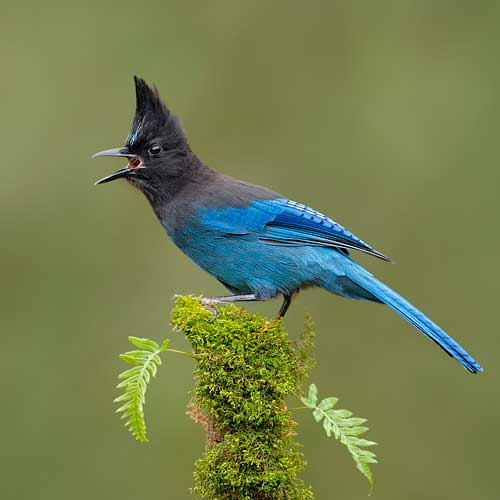The bird has a striking triangular crest that is divided equally into black and blue colors which are clearly separated by a distinct line.
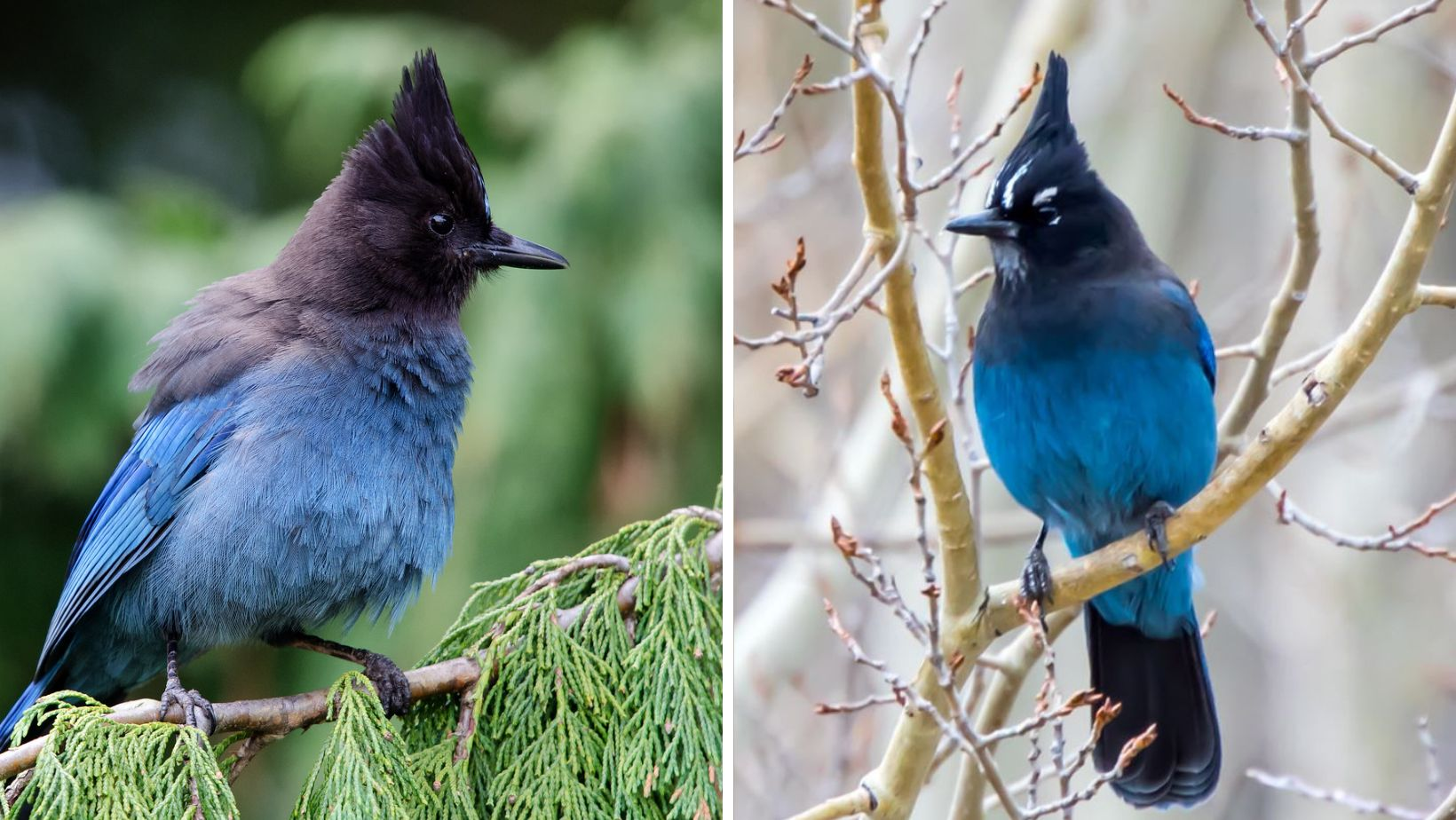
Introducing the Stellers Jay: a fascinating bird with vibrant blue feathers and an impressive crest. This bird species is native to western North America and can often be spotted in forests or near mountainous areas. The Stellers Jay is known for its loud and distinct calls, which are sure to capture your attention. They are also intelligent creatures and are known to mimic the sounds of other birds and even humans. If you ever come across a Stellers Jay, take a moment to admire its beauty and unique characteristics.
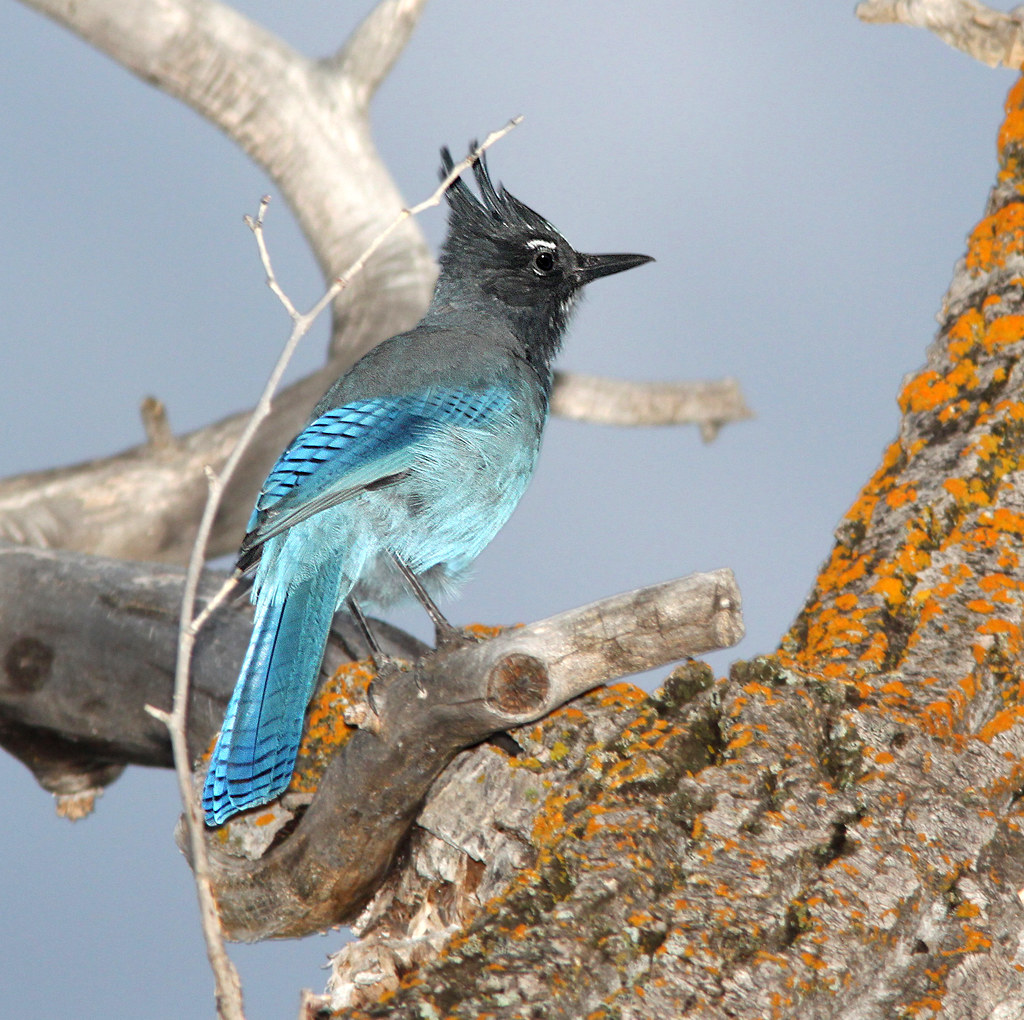
The Steller’s jay, also known as Cyanocitta stelleri, is a close relative of the Blue jay that is more commonly recognized. Despite being similar, they differ by their appearance as Steller’s jay have a dark color with no white underparts when viewed from a distance. The head is black and extends almost to the back, while the rest of the body is blue. You can spot white markings above their eyes, although they’re barely noticeable. Steller’s jay is a big songbird with round wings and a long full tail. Their beak is straight, lengthy, and powerful. On the top of their head lies a distinctive triangular crest that stands nearly upright.
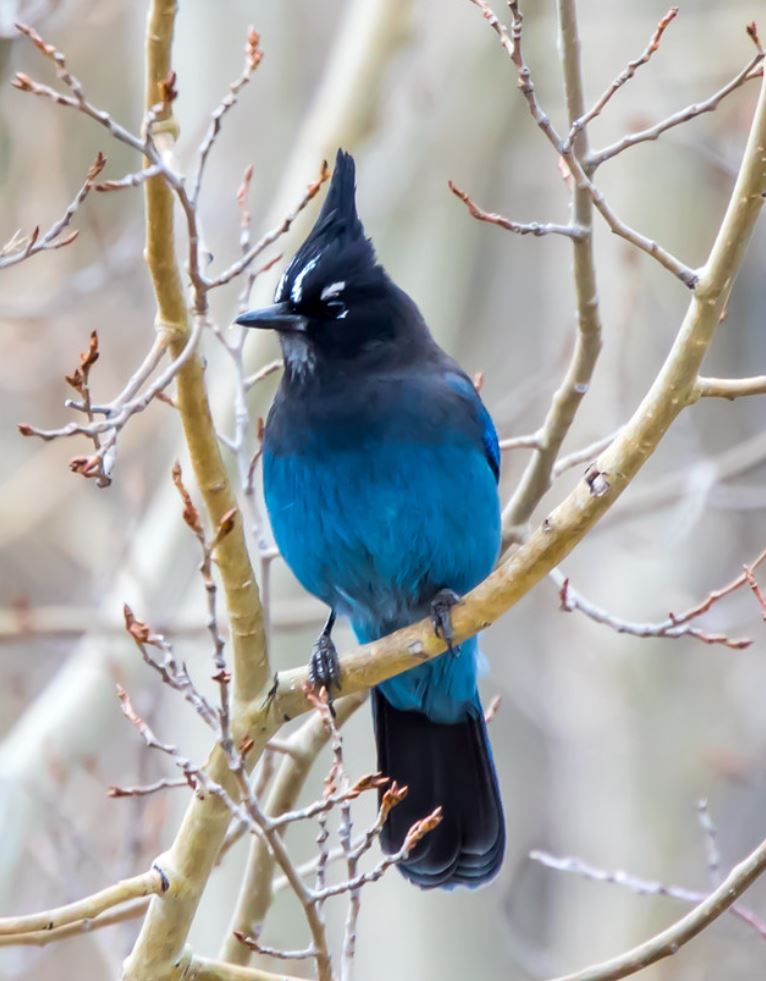
The Steller’s Jay is an indigenous bird species found in the western region of North America. It has several other monikers, such as the long-crested jay, mountain jay, and pine jay.
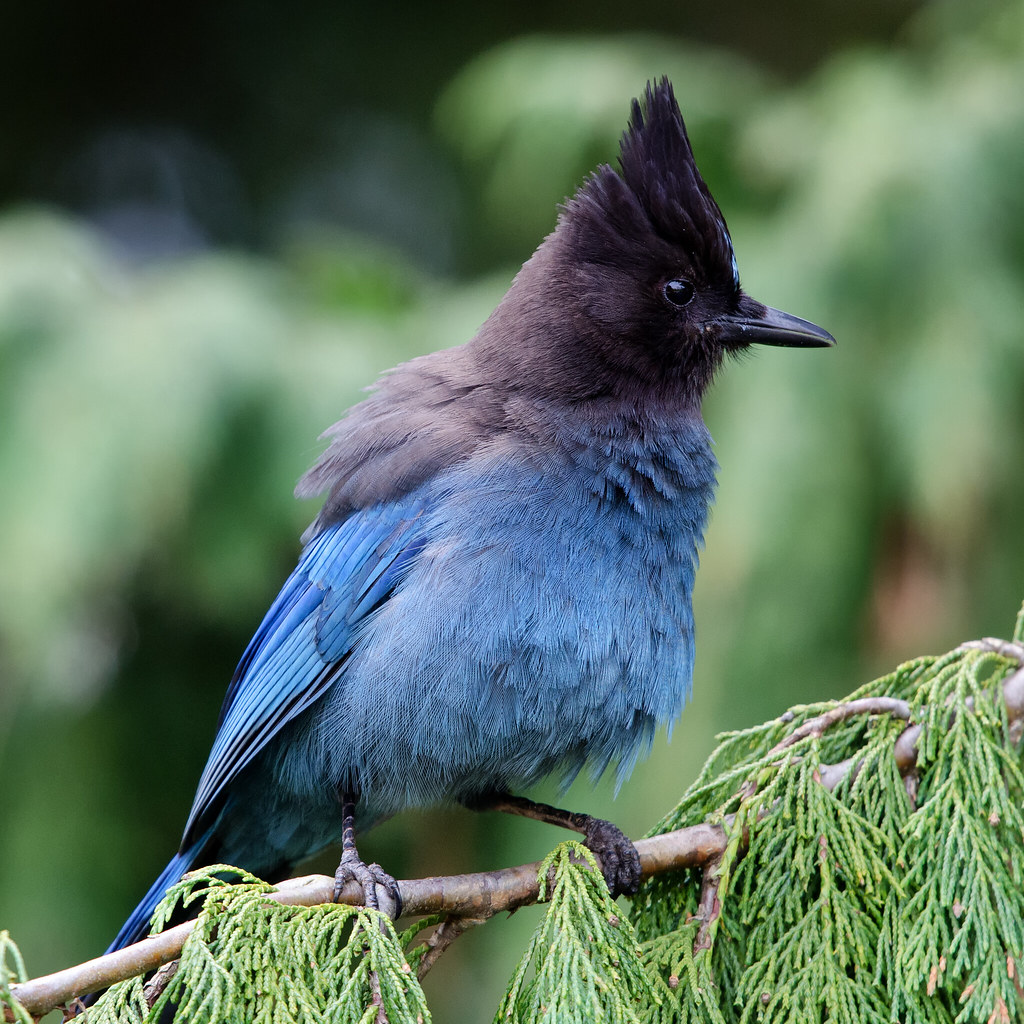
While prevalent in North Idaho, these creatures can be found across the elevated coniferous forests that stretch from Alaska down to Nicaragua in the western half of the Americas.
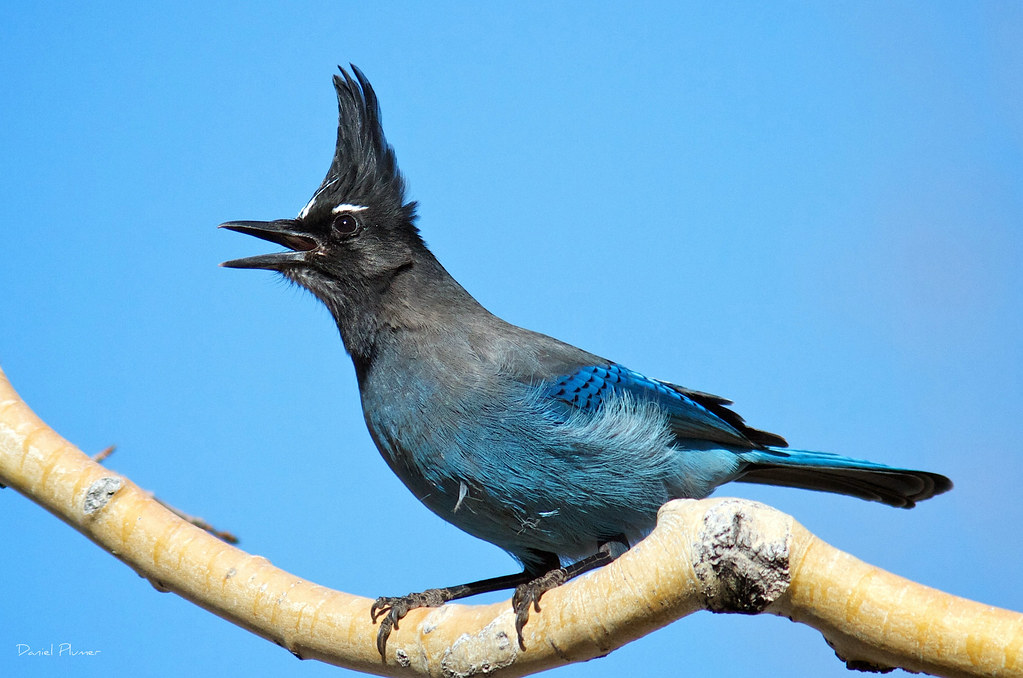
The Steller’s Jay is known for dwelling mostly in coniferous forests, but it can also be spotted in other forests. They can be seen at various altitudes, ranging from low to moderate, and even up to the tree line on rare occasions. These jays are frequently found in residential and agricultural regions that have nearby forests.
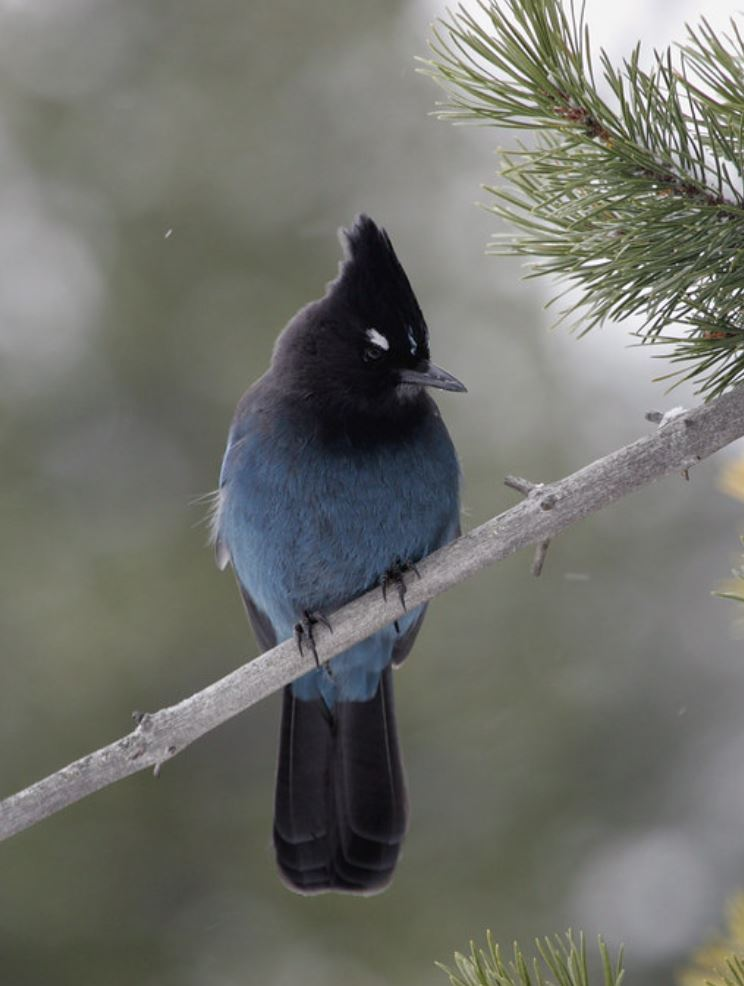
Steller’s jay, as a bird that eats both plants and animals, has a diverse diet consisting of roughly two-thirds plant matter and one-third animal matter. They are able to forage for food on the ground and in trees, consuming various seeds, nuts, berries, and fruits. In addition, they also consume invertebrates, rodents, eggs, and nestlings. There have even been reports of them eating small reptiles such as snakes and lizards.
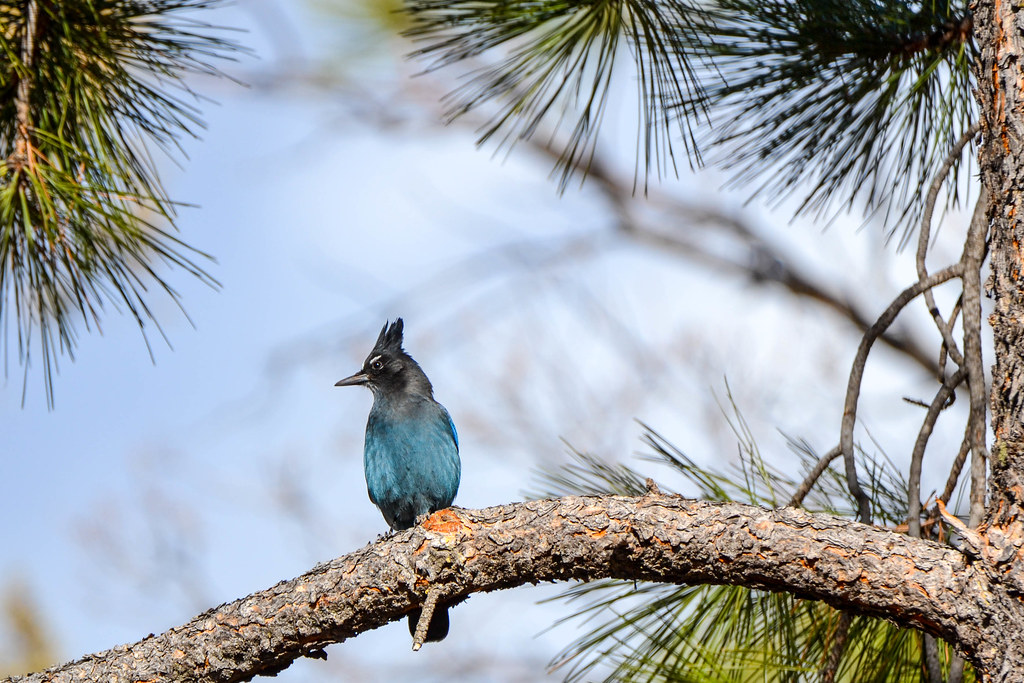
Steller’s jays are known for their strong and loyal monogamous relationships. The female bird incubates a cluster of eggs for approximately 16 days, while the male supports her by providing food during this time. The nest is usually constructed in a conifer tree, although it may be found in the hollow of a tree or even under the shelter of a building. The nest is made from various materials, such as scavenged natural items, mixed with mud and sometimes with trash. During the breeding period, between two and six eggs are laid which are oval in shape, with a glossy surface, a greenish-blue color, and brown to olive speckles.
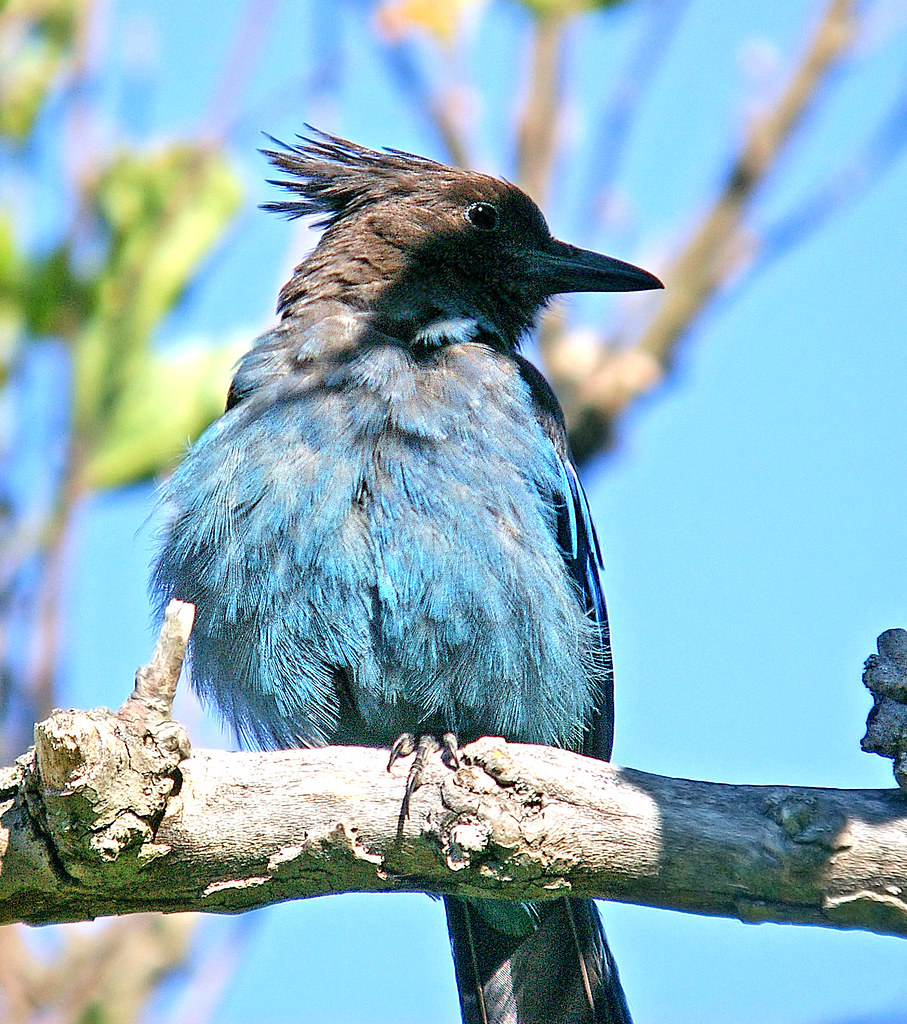
The Steller’s Jay Nest and Eggs: A Fascinating Sight to Behold
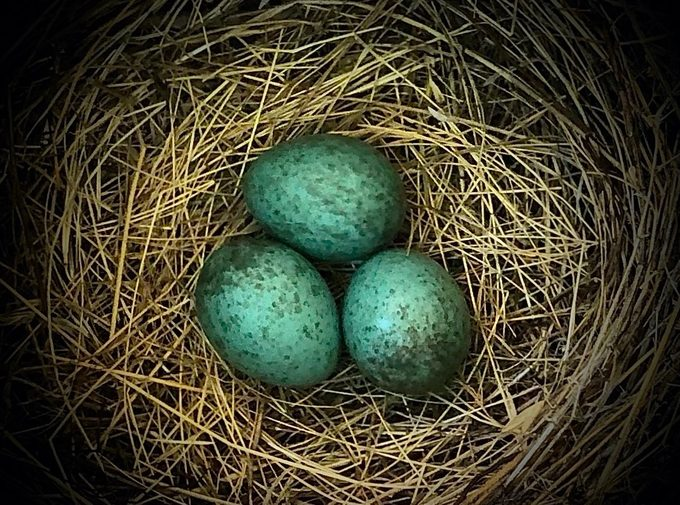
It is believed that adult Steller’s jays form lifelong mating pairs. During courtship, they engage in feeding rituals and display their beautiful blue feathers and crests. When breeding season arrives, the pair will gather materials such as pine needles, twigs, grass, and mud to construct a cup-shaped nest. The female then lays up to six blue-green eggs with dark brown spots and incubates them. Although they can be found across a wide range, Steller’s jays are known to socialize with other jay species, such as the California Scrub jay. These birds are not considered to be in danger and are classified as at Least Risk on the IUCN red list.
